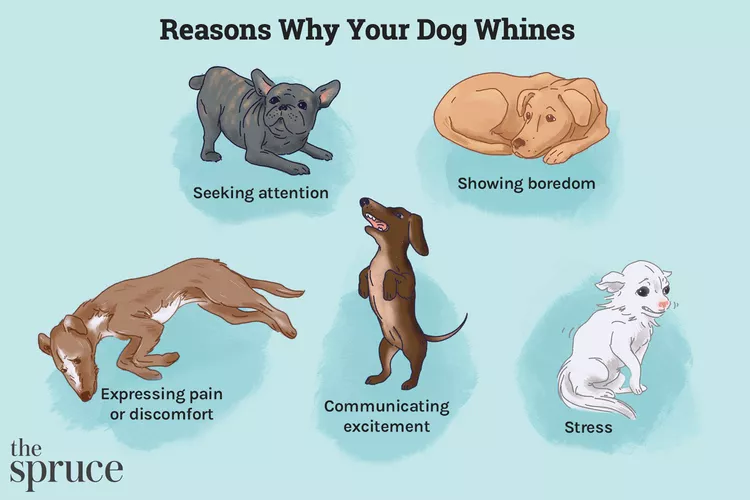
While it may seem like your dog is whining for no reason, he is trying to tell you something. Like barking and growling, whining is a way for dogs to vocalize their desires, excitement, pain, stress, and everything in between. The question of whether or not you should respond to a whining dog depends on the underlying reason. Rewarding the whining by giving your pup treats or attention could encourage the whining, resulting in a pup that whines excessively. There are a few things you can do to interpret the whining, calm the dog, and maybe even stop the behavior.
Whining is especially common in puppies because they're learning how to communicate their needs and wants. Young puppies whine to get attention and food from their mother in the same way that babies cry.
It’s often fairly obvious why a dog is whining. It may be begging for a treat from your plate or asking to be let in or out of the house. At other times, the whining may not be so easy to decipher. In these instances, look at the body language that accompanies the dog whining to figure it out. There are a few common reasons why dogs whine, although they may sometimes overlap.
If your dog wants something from you, like a walk, food, or a toy, it may whine in an effort to tell you. You may even notice its eyes shifting between you and the door or other desired object while it's whining.
Attention-seeking whining may occur if you're doing something that doesn't involve your dog, like having a phone conversation with someone or focusing on an important task. It may also happen when your dog becomes jealous of the time you're spending with another person or pet.
If your dog is excited, whining may be part of its way of burning energy and may be accompanied by jumping up and down and running around. Part of this type of whining may also be about seeking attention.
Boredom whining often comes across as a "woe is me" sigh-and-whine combo. The dog whines out of boredom and may also be trying to get your attention.
Many dogs whine if they're sick or in pain. If your dog isn't feeling well, whining may be its way of getting your attention to let you know. In some cases, the whining could be an effort on the dog's part to calm itself down rather than to get attention.
If your dog is whining a lot and you've eliminated other reasons, a visit to the vet is in order to rule out medical issues before you dismiss the whining as a behavior problem.
It's common for a dog to whine when it's anxious or afraid. This type of whining is often accompanied by appeasement gestures, like yawning, lip licking, or averting the eyes. You may also notice a whine and yawn occurring together.
By displaying appeasement gestures, the dog is trying to calm itself down and send a signal to others that it's not a threat. Whining due to stress is often accompanied by other signs of fear such as cowering, flattened ears, and a tucked tail.
If your dog is whining excessively, it's best to try and learn the reason before you try to address the behavior. Some people don't mind a little whining now and then, whereas others can barely tolerate it and consider any amount of whining to be excessive and annoying. The good news is that you can train your dog to whine less—or perhaps not to whine at all.
In most cases, you can manage excessive whining with basic training, mental stimulation, and exercise. When the behavior is seriously resistant to change, you may need to bring in a trainer or behaviorist for extra help. Be patient and consistent no matter what, though, and you're more likely to see your desired results. You may not be able to completely rid your dog of the habit of whining, but you should at least be able to decrease it to a more tolerable level.
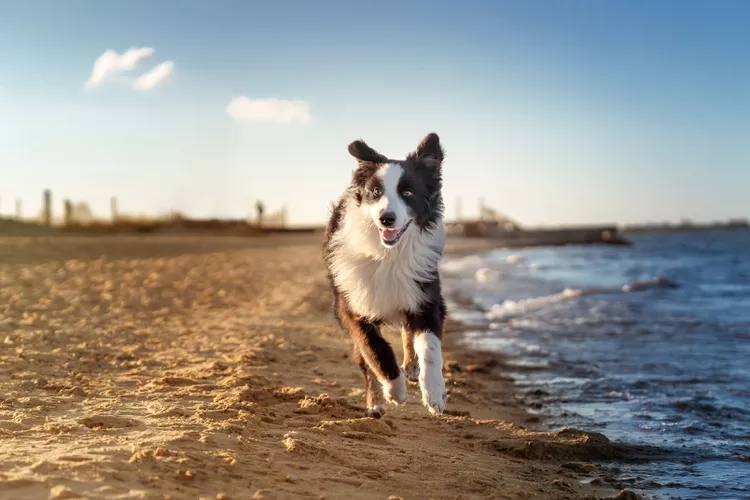
Exploring the Different Types of Pet-Friendly Beaches
Are you looking for pet-friendly beaches? Learn about the different types of pet-friendly beaches, their locations, and tips for visiting them with your pet.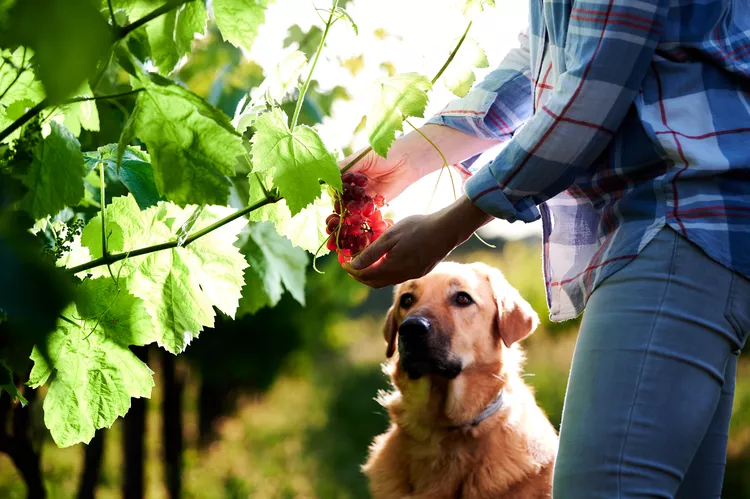
Exploring Pet-Friendly Wineries: Types, Locations, and More
Discover the different types of pet-friendly wineries, where to find them, and what to expect when you visit. Learn more with The Spruce Pets.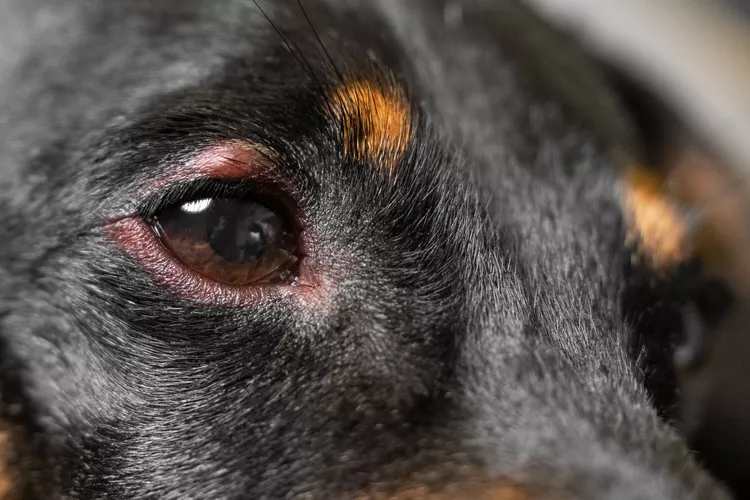
Why Is My Dog’s Eye Swollen?
If your dog's eye is swollen, she may need veterinary attention. The inflammation could be caused by allergies, an injury, or even a tumor.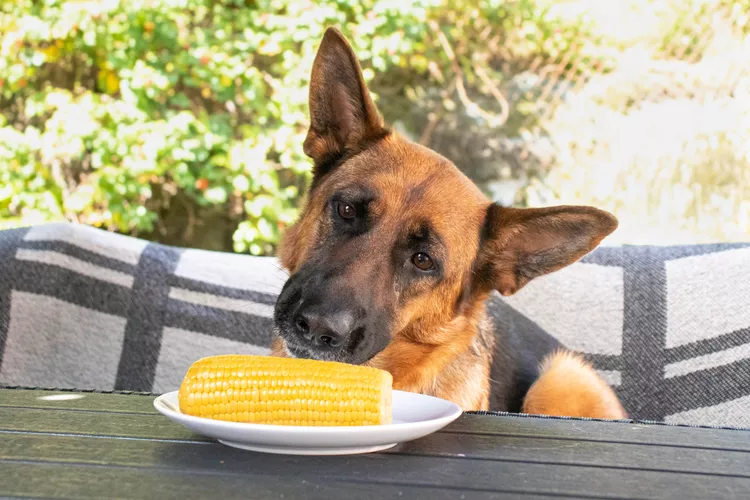
Can Dogs Eat Corn on the Cob?
Dogs love chewing on corn cobs, but this can cause serious harm. Learn about the dangers of corn cobs and find out what to do if your dog eats one.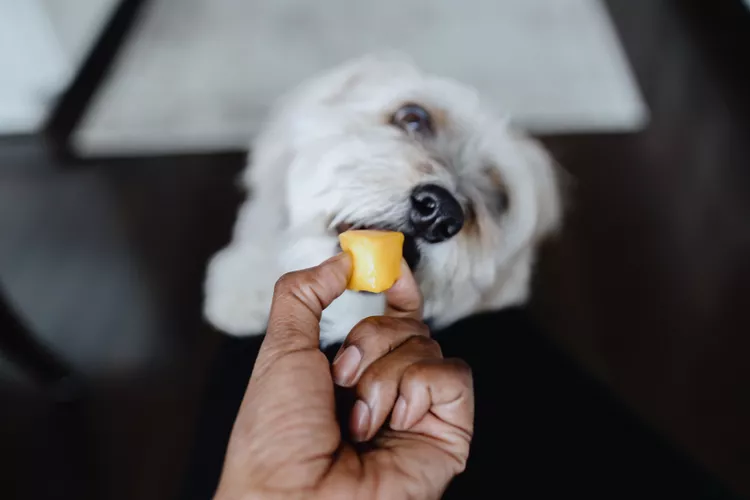
Can Dogs Eat Papaya? What to Know About Sharing This Tropical Fruit With Your Pup
Papaya is safe for dogs in moderation, and it can even provide some nutritional value for them. However, too much can cause digestive upset, and it's not suitable to share with dogs with certain health conditions.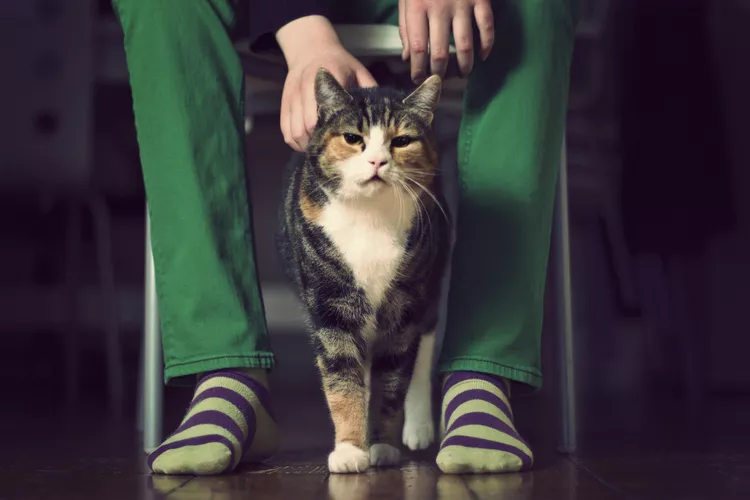
65 Irish Cat Names
Irish cat names can pay homage to historical places, local cuisine, famous Irish actors and musicians, or other wonderful aspects of the Emerald Isle.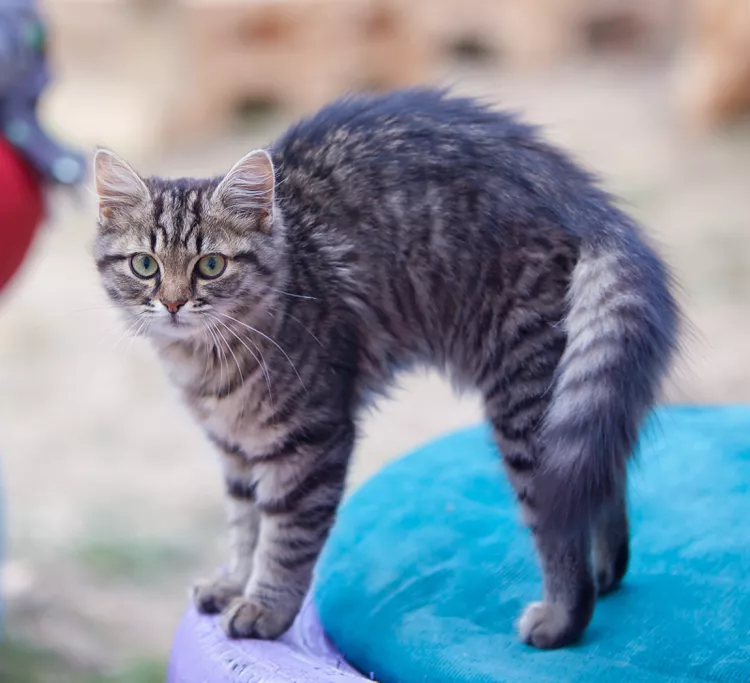
Feline Hyperesthesia Syndrome (FHS) in Cats
Rippling skin is more than dermal sensitivity in cats. It can be a sign of Feline Hyperesthesia Syndrome. Learn the causes, treatment, and prevention.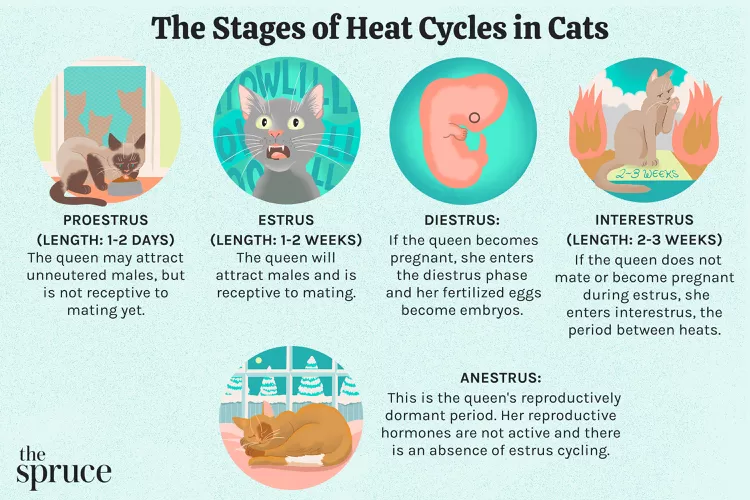
How Long Are Cats in Heat?
How long are cats in heat? Learn about the heat cycles of cats, also called estrus, as well as the reasons you should spay your cat.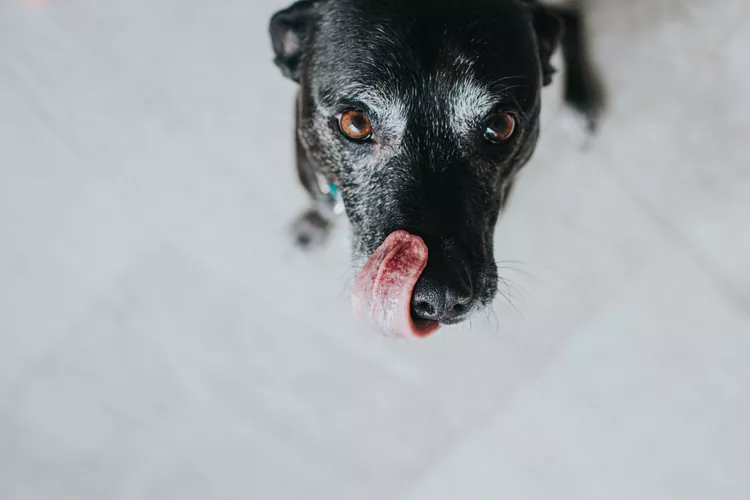
Can Dogs Eat Raw Chicken Feet?
What are the potential health benefits of chicken feet for dogs? What are the risks?
Is Eucalyptus Safe for Cats?
Many products containing eucalyptus are not safe for cats, and it is important to be aware of the risks to your cat.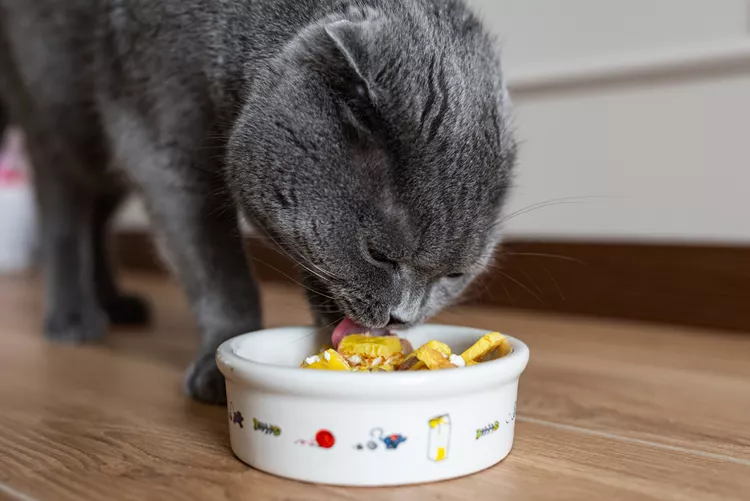
What You Need to Know About Homemade Cat Food
If you want to cook for your cat, make sure to read about the risks associated with homemade diets for cats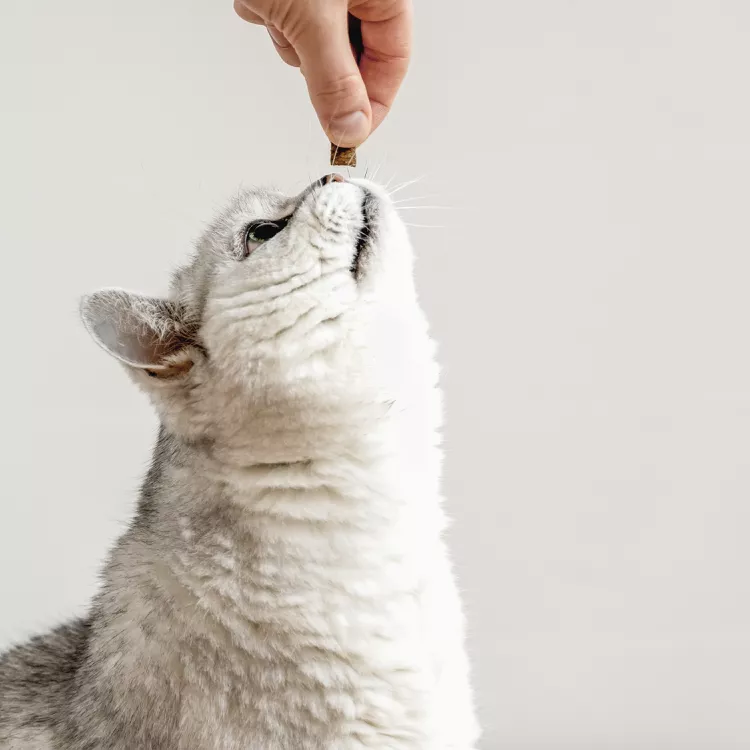
Can Cats Eat Peanut Butter?
Peanut butter is not toxic to cats, but it might not be the best choice of treat for them.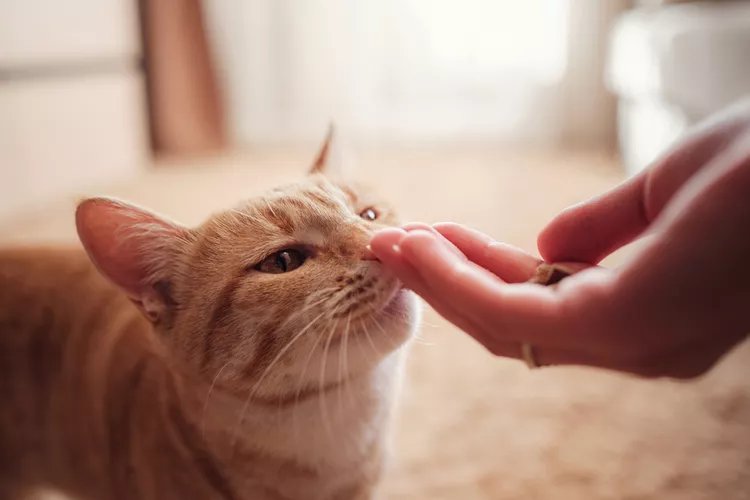
Can Cats Eat Cheese?
Can cats eat cheese? Is it healthy for them? How much can they eat and what should you do if you fear your cat has eaten too much cheese?
8 Flat-Faced Cats with the Cutest Smooshed Faces
These flat-faced cat breeds have a distinct and adorable appearance. Learn about their origins and traits, and the potential health risks tied to their unique facial structures.
Pictures and Facts About Bengal Cats and Kittens
Bengal cats are a cross between wild cats and domestic cats. Learn more about what they look like and pictures of this beautiful spotted breed.
Top 10 Big House Cats
Larger cat breeds, like Maine coons and savannahs, deserve just as much love as their petite counterparts. These big house cats tip the scales.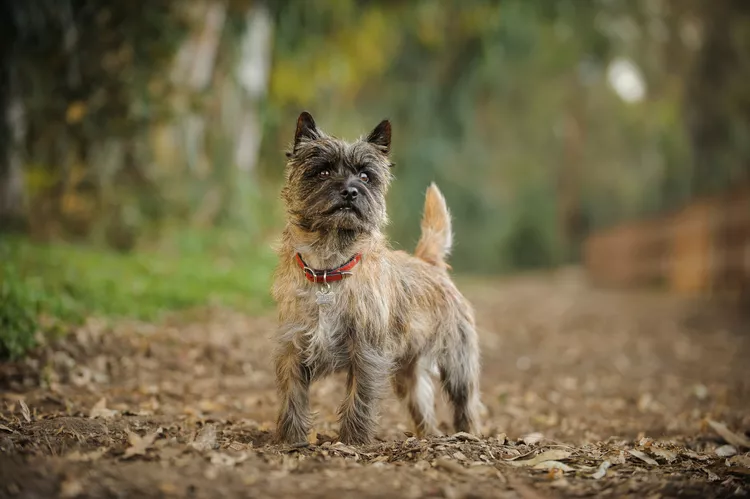
Cairn Terrier: Dog Breed Characteristics & Care
The cairn terrier is a spunky, affectionate, and intelligent dog from Scotland. The breed became famous when one played Toto in The Wizard of Oz. Learn about the temperament, history, health, and care needs of the cairn terrier dog breed.
Reasons Why Dogs Grind Their Teeth
Some dogs grind their teeth. Learn why dogs grind their teeth and if it can be harmful. Find out what to do about teeth grinding in dogs.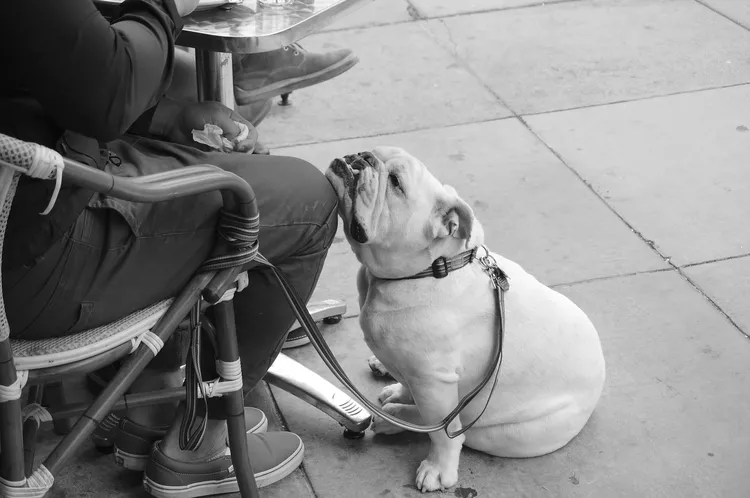
This Is Why Some Dogs Lean on People
Certain dogs really love leaning on their humans. What does this mean? Find out why dogs lean on people and if this is ever a problem.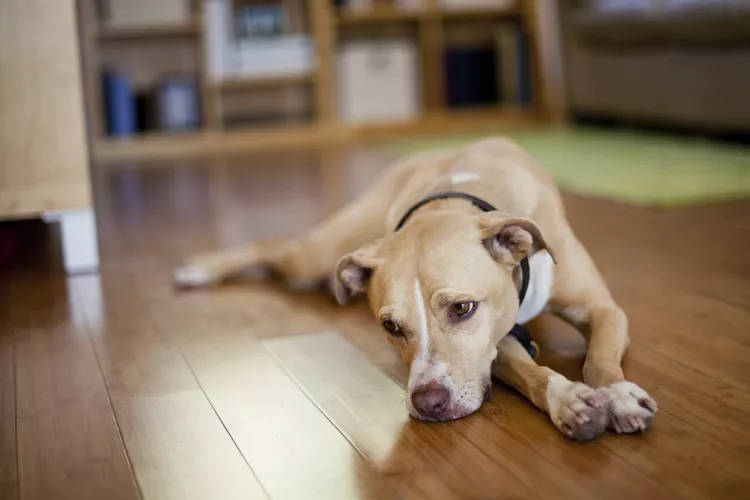
Can Dogs Get Depression? How to Help Your Sad Dog
Can dogs get depression? Learn about the signs of depression in dogs and find out how to help your sad dog.